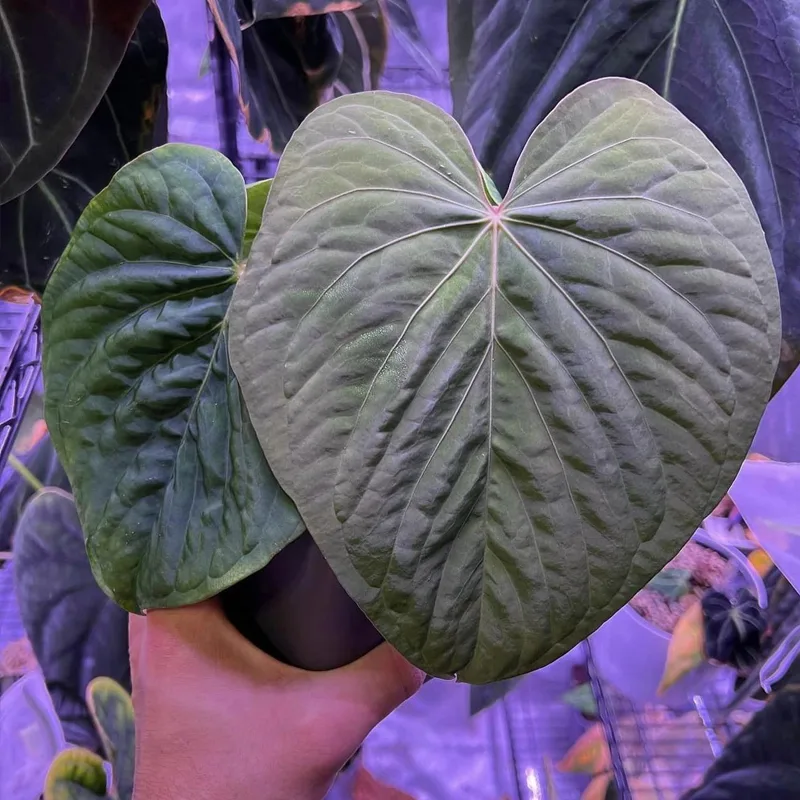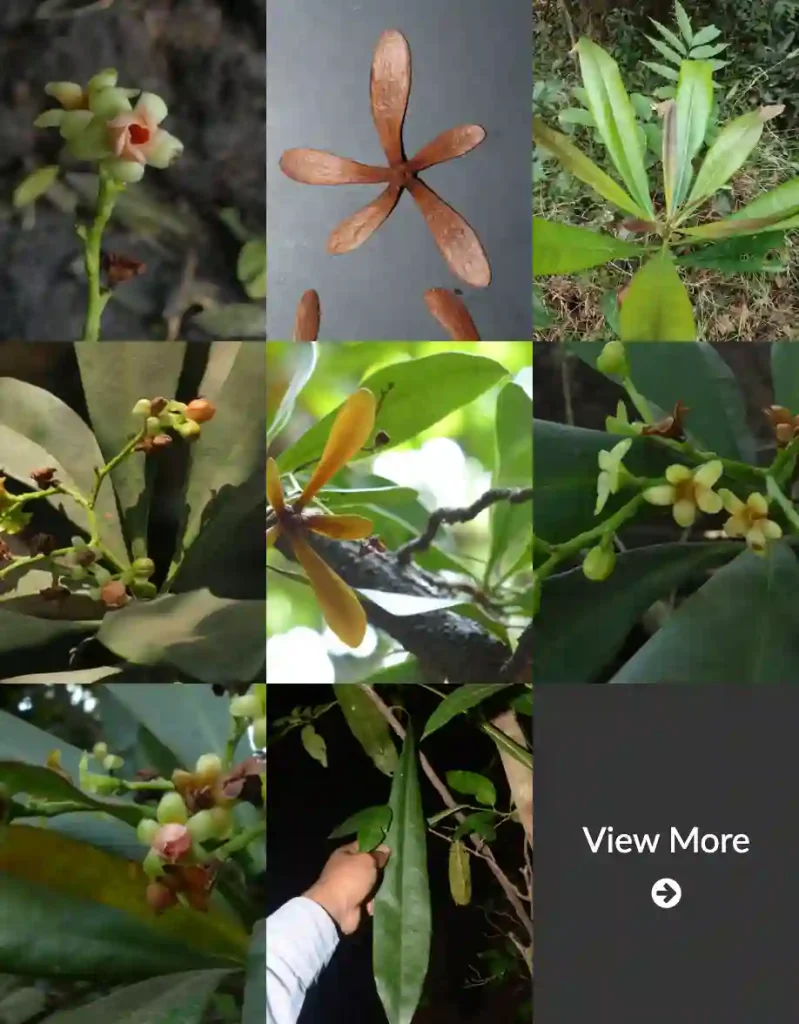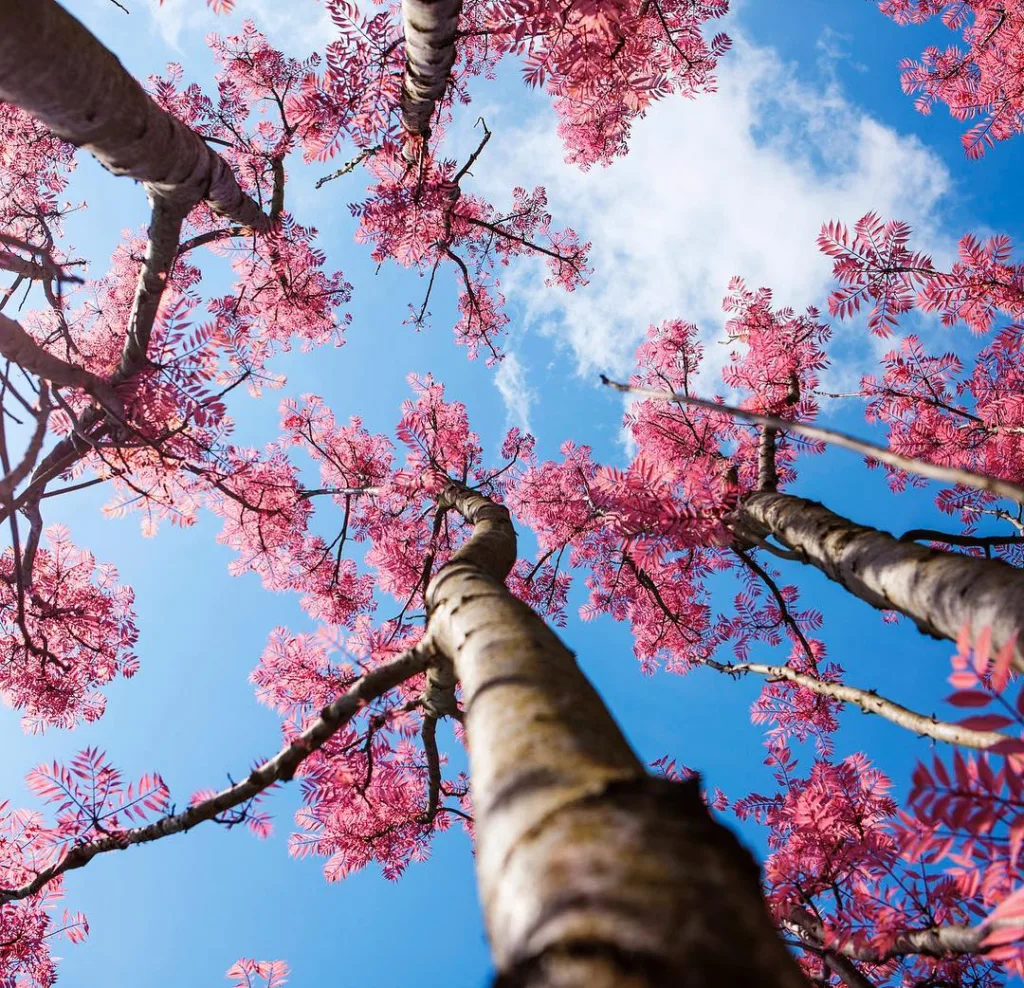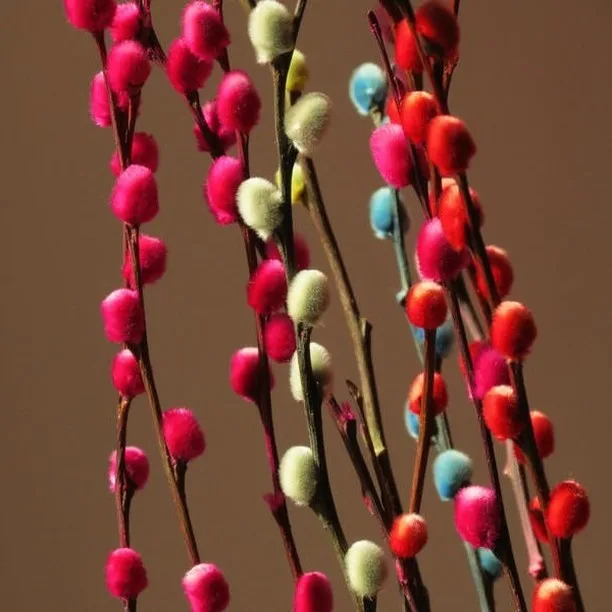The Enchanting Moonlight Cacti: A Deep Dive into Selenicereus
My name is Ferb Vu, and I’ve always been fascinated by the strange beauty of cacti. Their resilience, their unique forms, and their unexpected bursts of vibrant blooms have always captivated me. Among my favorites is the genus Selenicereus belong to the Cactaceae family, more commonly known as moonlight cacti. These nocturnal wonders, with their large, fragrant flowers that bloom only at night, hold a special place in my heart.
What Makes Selenicereus Special?
The name Selenicereus originates from the Greek moon goddess, Selene, a fitting tribute to their night-blooming habits. These cacti are primarily epiphytic, meaning they grow on other plants for support, often draping themselves over trees in their natural habitat. Some species are lithophytic, growing on rocks, and a few are even terrestrial, rooting in the ground. Their stems are typically slender and vine-like, often adorned with aerial roots that help them cling to surfaces and absorb moisture from the air.
But the true magic of Selenicereus lies in its flowers. These magnificent blooms, some of the largest in the cactus family, unfurl their petals as darkness falls, releasing a heady fragrance that perfumes the night air. This spectacle, sadly, is fleeting. By dawn, the flowers usually wither, leaving behind just a memory of their ethereal beauty. This ephemeral nature only adds to their allure, making them a symbol of transient beauty and the preciousness of fleeting moments.
A Diverse Genus
The genus Selenicereus encompasses a diverse range of species, each with its own unique characteristics:
- Selenicereus grandiflorus: Often referred to as the “Queen of the Night,” this species boasts large, white flowers with a strong vanilla scent. It’s one of the most well-known and widely cultivated species.
- Selenicereus anthonyanus: This species is known for its distinctive, deeply lobed stems, resembling fishbones, and its stunning pink flowers.
- Selenicereus hamatus: This cactus has long, slender stems with prominent, hook-like spines. Its flowers are large and white, with a sweet fragrance.
- Selenicereus megalanthus: This species, known as the “Pitahaya,” produces large, yellow fruits with white flesh that are a popular food source in its native regions.
- Selenicereus validus: This cactus has sturdy, three-sided stems and large, white flowers with a subtle fragrance.
- Selenicereus wercklei: This species is characterized by its thin, wiry stems and its relatively small, white flowers.
- Selenicereus atropilosus Kimnach
- Selenicereus calcaratus (F.A.C.Weber) D.R.Hunt
- Selenicereus costaricensis (F.A.C.Weber) S.Arias & N.Korotkova ex Hammel
- Selenicereus dorschianus Ralf Bauer
- Selenicereus escuintlensis (Kimnach) D.R.Hunt
- Selenicereus extensus (Salm-Dyck ex DC.) Leuenb.
- Selenicereus guatemalensis (Eichlam ex Weing.) D.R.Hunt
- Selenicereus inermis (Otto) Britton & Rose
- Selenicereus minutiflorus (Britton & Rose) D.R.Hunt
- Selenicereus monacanthus (Lem.) D.R.Hunt
- Selenicereus murrillii Britton & Rose
- Selenicereus nelsonii (Weing.) Britton & Rose
- Selenicereus ocamponis (Salm-Dyck) D.R.Hunt
- Selenicereus plumieri (Rol.-Goss.) Hoxey & Gdaniec
- Selenicereus pteranthus (Link ex A.Dietr.) Britton & Rose
- Selenicereus purpusii (Weing.) S.Arias & N.Korotkova
- Selenicereus setaceus (Salm-Dyck ex DC.) A.Berger ex Werderm.
- Selenicereus spinulosus (DC.) Britton & Rose
- Selenicereus stenopterus (F.A.C.Weber) D.R.Hunt
- Selenicereus tonduzii (F.A.C.Weber) S.Arias & N.Korotkova
- Selenicereus triangularis (L.) D.R.Hunt
- Selenicereus tricae D.R.Hunt
- Selenicereus undatus (Haw.) D.R.Hunt – Plant FAQs: Dragon Fruit Plant – Selenicereus Undatus
- Selenicereus vagans (K.Brandegee) Britton & Rose
The Allure of the Night Bloom
Why do Selenicereus cacti bloom at night? The answer lies in their evolutionary history. These cacti have adapted to their environment by attracting nocturnal pollinators, such as bats and moths. The strong fragrance and white color of the flowers act as beacons in the darkness, guiding these creatures to the nectar and pollen within. This symbiotic relationship ensures the continuation of both the cacti and their pollinators.
Cultivating Selenicereus
While their night-blooming habit may seem elusive, Selenicereus cacti are relatively easy to cultivate. They thrive in well-draining soil and prefer bright, indirect light. As epiphytes, they benefit from being potted in a hanging basket or allowed to climb a support. Regular watering during the growing season is essential, but allow the soil to dry out between waterings.
For those who are patient and dedicated, the reward of witnessing a Selenicereus bloom is truly unforgettable. It’s a reminder of the hidden wonders of the natural world and the beauty that can be found in the most unexpected places.
Beyond Beauty: The Uses of Selenicereus
Beyond their ornamental value, Selenicereus cacti have also been used for medicinal purposes. Selenicereus grandiflorus, in particular, has a long history of use in traditional medicine for treating heart conditions and other ailments. Modern research has shown that extracts from this species contain compounds with potential cardiovascular benefits.
In some regions, the fruits of certain Selenicereus species, like Selenicereus megalanthus, are a popular food source. These sweet, juicy fruits are often eaten fresh or used to make juices and desserts.
A Conservation Concern
Despite their resilience, some Selenicereus species are facing threats due to habitat loss and over-collection. It’s important to support sustainable practices and conservation efforts to ensure that these magnificent cacti continue to thrive for generations to come.
As I continue to explore the world of cacti, I am constantly amazed by the diversity and resilience of these plants. The Selenicereus genus, with its captivating night blooms and unique adaptations, serves as a reminder of the beauty and wonder that can be found in the natural world.
If i die, water my plants!



